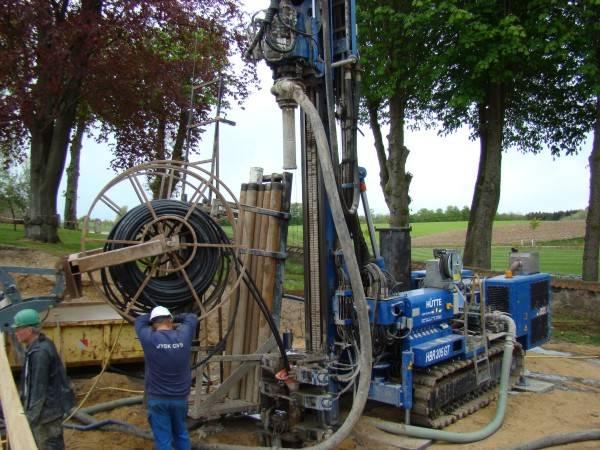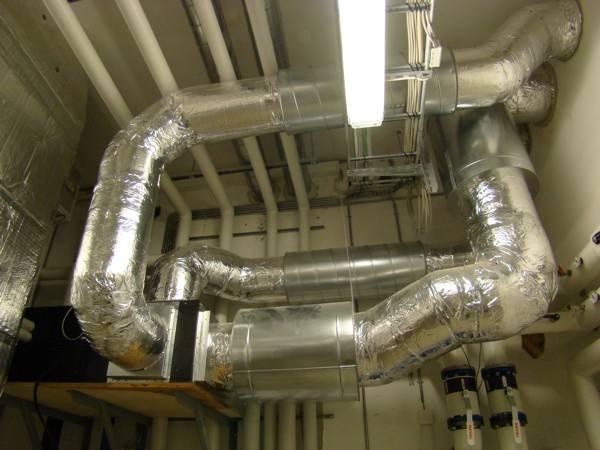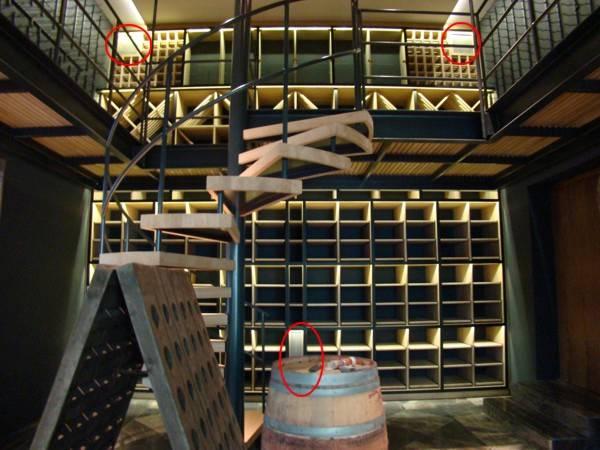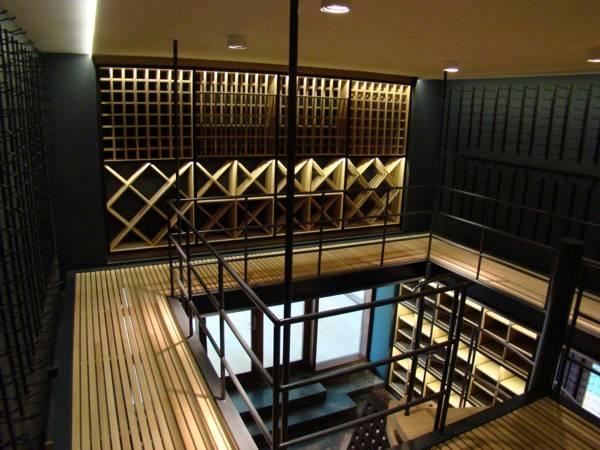What you should know before choosing between an air-cooled and water-cooled system for your wine room.
There are several types of air conditioning systems currently being used for wine cellar cooling ranging from self-contained ducted units, through-the-wall units (TTW units can be installed without the help of a contractor and are also self-contained) and split systems. Each of these wine conditioning units relies on the refrigeration process to produce cold air. Each contains a compressor, cooling coil, refrigerant valves, controls and either an air-cooled condenser coil or a water-cooled condenser coil. The purpose of the condenser coils is to reject the heat created during the refrigeration process. Air-cooled condensers use air as the medium to absorb the heat while water-cooled condensers use water as the medium to absorb the heat.
Air-cooled wine rooms
Air-cooled devices usually have a maximum and minimum allowable intake air temperature to the coil. Temperatures outside of the maximum and minimum ranges require special options such as low ambient kits (air temperatures below 40°F [5°C]) and high ambient kits for (air temperatures above 95°F [35°C]). Units with the ability to duct the condenser air are ideal as they offer the flexibility to intake air from another part of the structure, or outside where it may fall within the max/min temperature range. They also offer the ability to duct the warm condenser air away from the unit should it be mounted in an area that cannot accept the added heat.
Water-cooled wine rooms
Water-cooled devices also have maximum and minimum allowable inlet water temperatures, usually in the 45°F to 85°F (7° to 30°C) range. Temperatures out of the range can require special refrigeration controls. With water-cooled systems, heat is put into moving water (or moving liquid) so that it can be removed from the wine cellar. Either ductwork of water piping can be used to move heat away. Water consumption varies by unit size and capacity, and considering the frequency of the cooling cycle the amount of water per day can be sizable. Therefore applications where water is recycled, such as geothermal applications, cooling tower systems and lake or pool water systems are ideal. Water-cooled units require no hot air venting and therefore offer flexibility in their mounting location.
A water-cooled option might be of interest for any locations where water is plentiful like near a lake, well, or cooling tower and for geothermal applications. Instead of using ambient air to remove heat from the condenser, the water is used. This might be important where the heat cannot be ducted away conveniently or where the noise from a condenser fan would be objectionable. The heating of the water could also be a creative way to save energy.
Wine Guardian offers a water-cooled option on its 60Hz and 50Hz ducted wine cooling units. This includes our D025, D050/D050V, D088/D088V, D200, WG40, WG75, WG100 and WG175 models.
NOTE: Wine Guardian is the only major manufacturer that offers a water-cooled option for ducted system models.





